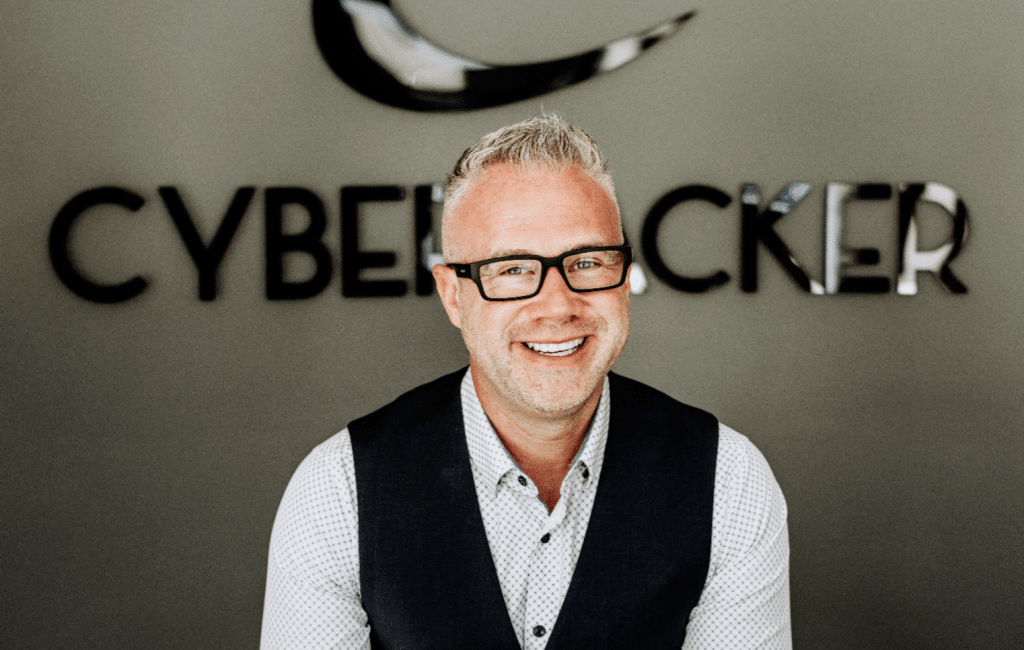There is no question that hybrid and remote work is likely here to stay. In a survey conducted during Spring of 2022, McKinsey found that 58% of workers were allowed to work remotely at least part of the time in their jobs. With so many companies embracing the benefits of remote and hybrid work environments, it begs the question of how people can pivot to meet changing expectations and craft a work environment where they can stand out and be noticed, even from home.
Contribution Counts
With 3,400 Cyberbackers working for us remotely, Craig Goodliffe shares, “We have put a lot of time and effort into allowing those remote workers to know how to stand out and be recognized,” says Goodliffe. “For us, it all comes down to contributions and helping others. Our business is about helping others, whether the people of the Philippines who can now support their families with their Cyberbacker wages, or helping small companies find talented people to assist them with a variety of administrative tasks so they can scale their ventures,” he adds.
When remote workers focus on contribution and finding places where they can best help their fellow workers and clients, they will naturally rise to the top. When many companies took their workforce remote, there may have been some concern about productivity and the possible waning of excitement or interest in the work from a home office. Staying ahead of expectations, however, shows initiative, and a proactive approach to tasks — such as being diligent with documentation and prompt in responses — rather than a reactive approach, is one way that remote employees can make themselves stand out.
Getting to Know You
Many new to remote work may have struggled with the lack of day-to-day camaraderie and socialization that tends to happen in an office environment. Companies have had to introduce new ways of team building to allow their employees to get to know one another. Video conferencing has opened up a world of possibilities for remote workers who can now see and speak with their fellow employees, and offers unique ways to increase engagement and connectivity.
Software such as Microsoft Teams, Slack, and Google Chat offer additional ways for employees to communicate and get to know their digital coworkers more personally. For instance, chat “channels” can be created for specific departments, teams, or even interests like sports, music, and pop culture.
To stand out, however, people have to be confident and creative. “Try sending your manager or peers a compliment or personal note to help you form a stronger bond with them. Bringing some personality alongside your value will help bestow the confidence to ask better questions and propose new ideas,” says Goodliffe. Attending a scheduled video conference will not help one stand out or make connections.
“We hold, on average, about 50 training classes a week for our Cyberbackers. These classes allow them not only to gain new skills, but to work with one another and get to know each other better. We also have a weekly “Unplugged” meeting where we don’t necessarily talk about work topics, giving our remote employees a chance to speak casually and get to know one another on a more personal level,” says Goodliffe.
Remote work, while proven to be productive and preferred by many workers, can also be lonely and isolating. Remote workers can stand out in their field and make great connections by taking advantage of their companies’ remote opportunities for team building.
A Healthy Remote Environment
“We have repeatedly seen that remote employees will excel in their roles and stand out so long as they are given the proper tools to do so,” says Goodliffe. Companies that have a remote workforce, or are shifting to one, should have an “open-door” policy that encourages messaging between coworkers during the workday and gives easy access to leadership, even from home.
Remote workers should also be encouraged to practice self-care to be at their best when working on tasks. Studies have shown that remote workers actually work more hours per week than in-office employees, as it can be challenging for remote employees to separate work from home and vice-versa.
Companies must take the lead in fostering a healthy environment that promotes breaks, physical movement, open communication, and even healthier diets. Employees that feel seen and heard by their employers are more willing to put their best foot forward in their work.
Rising Above
Remote workers may feel like they are not as visible to their employers as they would be if they were sitting in a cubicle. Still, if the employer is doing a good job of promoting open communication and allowing employees to contribute, they needn’t fear being ignored.
“Good employees are good employees — no matter where they are working,” says Goodliffe. By keeping contribution levels, service, and communication in mind, remote workers can be recognized for their efforts and build a satisfactory work life that leads to success.

